Plan your parasite control before turnout to protect your profits.
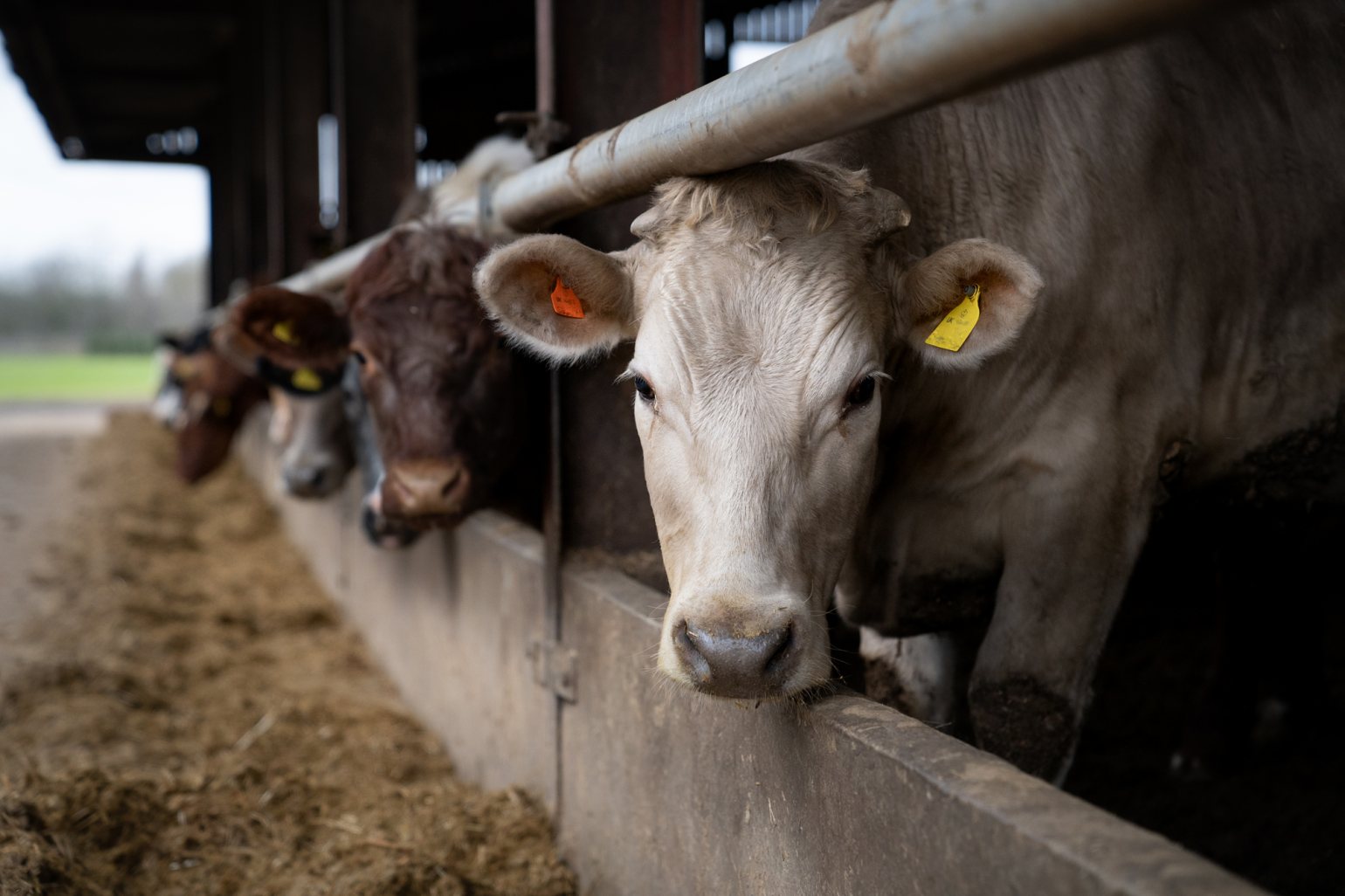
After one season or part-season at grass, young beef and dairy cattle will have started to acquire some immunity to gastrointestinal worms. However, their immunity levels will not yet be sufficient to provide full protection from the production-limiting and profit-impacting effects of a worm challenge.
To reduce the impact of a worm challenge, cattle farmers and dairy producers are encouraged to plan and prepare their parasite control strategies ahead of the grazing season to optimise growth rates, reproductive health, finishing times, and milk production as the season progresses.
In the case of liver fluke, depending on what treatment was prescribed at housing in the autumn, you should consider testing to determine whether a second treatment is required to remove infection before animals are turned out, to prevent egg shed onto pasture.
Why should you be looking at parasites now?
Despite a drier-than-normal summer to autumn period in 2022, many herds are still challenged by several internal cattle parasite species and often simultaneously. Cattle experiencing a parasite challenge are likely to be less productive.
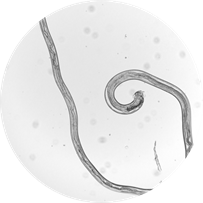
Gutworm species (Ostertagia ostertagi and Cooperia spp.)
These small worms can impact on the condition, growth, and fertility of young dairy and beef cattle.
Furthermore, young cattle that were exposed to a heavy gutworm challenge late in the grazing period and not wormed at housing, could now be at risk of severe gastroenteritis and ill-health. This is due to the worm larvae halting their development in the wall of the abomasum over winter, and emerging on-mass in the early spring.
Lungworm (Dictyocaulus viviparus)
Most commonly seen in dairy heifers in their first and second grazing seasons, these worms can cause severe respiratory disease, and increase an animal’s susceptibility to infective pneumonia. Lungworm infection can negatively impact a cow’s long-term lung health and overall future production potential. Lungworm is increasingly being seen in adult cows, where animals have failed to build good immunity to the worm.
Outbreaks of disease are often associated with wetter summers and periods of rainfall that may occur. While some farms may have a known problem with disease outbreaks, clinical lungworm may not be seen for many years.

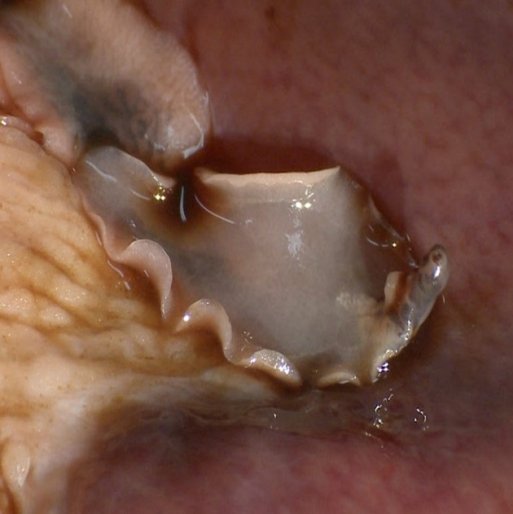
Liver fluke (Fasciola hepatica)
Liver fluke is an increasingly common parasite that can infect all ages of cattle and sheep as they do not develop immunity. Liver fluke depresses appetite, reduces feed efficiency and body condition, and in dairy cattle can reduce milk production and impair fertility.
Liver fluke affects both cattle and sheep, but depending on the time of year, they may be affected differently. In early spring, sheep are more likely to experience chronic fluke disease, which can result in signs of bottle jaw and weight loss, whereas in the autumn, acute fluke can cause sudden death. Cattle are less likely to experience acute fluke disease, and a fluke burden is more likely to lead to chronic fluke disease, with overall lack of thrive and production loss.
How do you know if you have a parasite problem?
Identifying the presence of parasites and judging whether the parasite challenge is causing production loss, is critical in making sustainable and responsible treatment decisions this spring.
Farmers who are moving to a more sustainable approach to parasite control are using the following tools and diagnostics to ‘assess’ and ‘test’ before deciding on what animals to ‘treat’:
- Watch out for cattle and/or groups that are:
- Losing weight and have poor coat condition
- Showing signs of loose faeces or diarrhoea
- Monitor feed intakes, weight gain in growing cattle and milk production. Where adequate nutrition is available, but targets are missed, worms are the likely cause.
- Conduct bulk milk ELISA tests (MOO tests). These can identify the presence of antibodies to gutworm and liver fluke at a herd level. Tests can also be carried out to detect exposure to these parasites in individual animals. For dairy herds, testing on a monthly basis and only treating when antibodies to Ostertagia reach high levels can avoid unnecessary treatments. Fluke testing can help pinpoint the timing and level of liver fluke exposure that takes place in the late summer/autumn.
- Perform pooled faecal egg count tests (FEC) for an indication of the dynamics of gutworm and liver fluke infection over the grazing season. During the winter, they can be used to help decide whether housed cattle may benefit from an additional liver fluke treatment before turnout.
Ask your vet for more information about these diagnostic tests, and how they can help you utilise them to identify the presence of parasites in your cattle.
What should you treat cattle with this spring?
When it comes to parasites, there is significant variation between farms, groups of animals, different pastures, and according to seasonal weather patterns. Adopting an approach that suits your specific situation is therefore vital to successful parasite control.
If you have spotted any of the signs or suspect your cattle’s production is being impacted by any of the parasites described, talk to your vet who can best advise you on further diagnostics and an appropriate treatment protocol for your cattle at turnout.
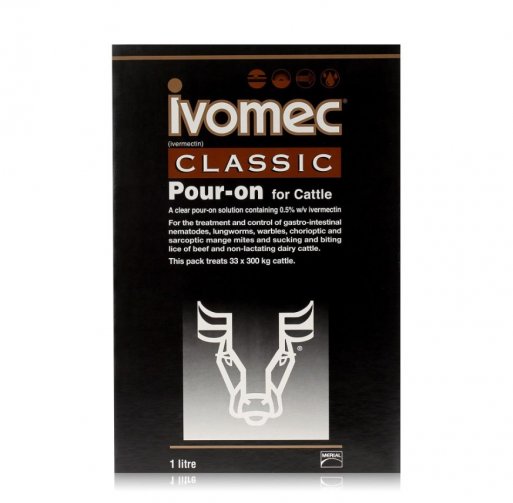
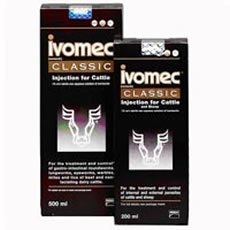
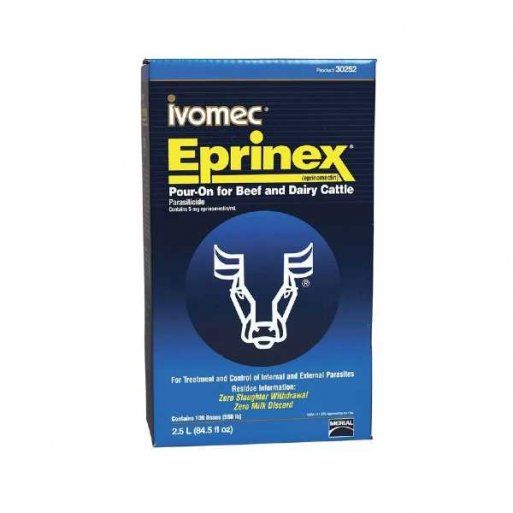
IVOMEC® Classic Pour-On
A tried and trusted treatment for gutworm and lungworm in beef cattle and non-lactating dairy cattle.
Do not use in cows producing milk for human consumption. Do not use in non-lactating dairy cows including pregnant heifers within 60 days of calving.
IVOMEC® Classic Injection
A tried and trusted treatment for gutworm and lungworm in beef cattle and sheep.
Do not use in cows producing milk for human consumption. Do not use in non-lactating dairy cows including pregnant heifers within 60 days of calving.
EPRINEX® Pour-On
A recommended treatment for gutworm and lungworm in lactating dairy cows (zero-milk withhold), dairy youngstock, and all ages of beef cattle.
If cattle were not wormed when housed for winter, a pre-turnout worming treatment can reduce pasture contamination from liver fluke eggs - helping to interrupt the parasite’s lifecycle and reduce subsequent reinfection later in the season.
Depending on what treatment was prescribed at housing in the autumn, you may need to consider a second fluke treatment before turnout.
It is essential to target the right worms at the right time with the right product at the right dose. Carefully read the label, paying close attention to the effectiveness of the wormer on specific species and worm stages. Also check the duration of activity.
Speak to one of our qualified animal health professionals to help you identify animals that will benefit most from treatment - you may not need to worm all animals in the herd at the same time. The more accurate the diagnosis, the more targeted and efficient the management.
Article supplied by Boehringer Ingelheim
- Watch out for cattle and/or groups that are:
- 3rd April 2023
